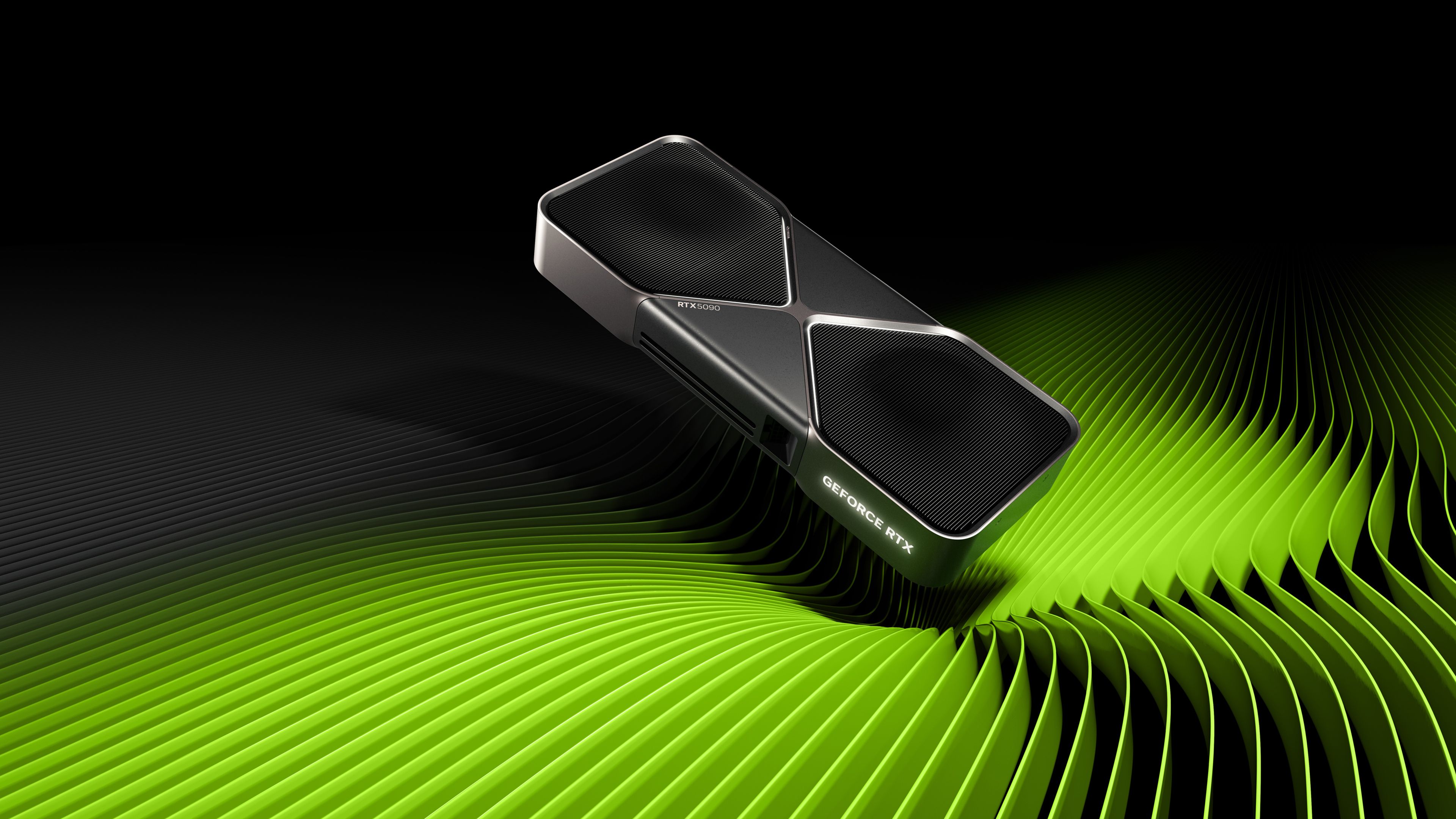Summary
- Third-party GPUs like ASUS ROG Astral RTX 5090 now include gyroscope to prevent sagging, essential due to increasing weight.
- GPUs with high TDP require heavy heatsinks and fans, posing a risk of PCIe slot damage if not properly supported.
- Gyroscope alerts users of GPU sagging and lets them know if they should use brackets to distribute weight and prevent damage.
GPUs are becoming heavier and heavier every generation, and while the Founders Edition of NVIDIA’s RTX 5090 might be considerably smaller than its predecessor, it doesn’t seem to have made a dent on the sizes of third-party SKUs. So much so, that some of them have started to pack gyroscopes.
The ASUS ROG Astral RTX 5090, a third-party SKU of the NVIDIA GeForce RTX 5090, reportedly integrates a Bosch Sensortec BMI323 inertial measurement unit (IMU). This chip contains both an accelerometer (measuring linear acceleration, including the constant acceleration of gravity) and a gyroscope (measuring angular rate). The point of the inclusion of this sensor is to detect whether the card is sitting correctly vertically and alert the user if the card happens to be sagging. This is necessary because the air-cooled variant of this card is a whopping 3 kilograms (more than 6 pounds) in sheer weight, and if all that weight is sagging, it could mean horrendous news for your motherboard and your gaming PC in general.
This is just the latest symptom of a growing problem. For years, we’ve watched as GPUs, much like many aftermarket CPU coolers, have grown dramatically in size and mass. The RTX 5090 alone has a whopping 575W TDP, which used to be the power consumption of an entire PC a few years ago. And of course, to dissipate the heat one of these cards puts out when it’s running at full steam, you need heavy, meaty heatsinks and lots of fans. These components, while necessary, exert considerable leverage on the PCIe slots the GPU occupies on the motherboard—it can take some weight, especially since the screws on the PCIe slots in the case also have some leverage. But for some cards, it’s still too much weight, and GPUs ripping out PCIe slots is not unheard of.

Related
GPUs this heavy come with a bracket that helps move some of the weight off the sensitive slot, but a lot of people might either forget installing it or not install it properly. The gyroscope would let them know that the GPU is indeed sagging and that they should take action to ensure it’s not. At 6 pounds, you kind of need that bracket if you don’t want that slot ripped out within a few months. And I foresee this becoming a popular feature, at least on many of the higher-end GPUs, as they keep getting heavier—which they likely will unless the next generation of GPUs manages to pack some sick power efficiency improvements.
It’s wild times we’re living in.
Source: Videocardz via Hackaday




